
When it comes to weddings, every detail plays a role in creating a memorable experience — from the décor and lighting to the music and menu. Yet, one subtle element that often goes unnoticed is the psychology of food placement. Expert Orlando wedding caterers understand that where and how food is arranged can influence how guests perceive the event, what they choose to eat, and even how they feel throughout the celebration. Food presentation and placement are not just about aesthetics; they are strategic tools that shape flow, mood, and satisfaction at a wedding.
The First Impression: Visual Appeal and Guest Psychology
The visual experience begins long before the first bite. The way food is presented affects how guests engage with it. Studies show that people “eat with their eyes” first, meaning visual cues can determine how appealing or appetizing a dish feels. Caterers pay close attention to how food stations, buffet lines, and serving platters are organized to create a sense of abundance and elegance.
Colors, textures, and even lighting contribute to appetite stimulation. Vibrant dishes are placed upfront to catch attention, while neutral-toned items act as visual breaks. The goal is to design a journey through the buffet or plated setup that feels effortless yet intentional — guiding guests to enjoy a balanced mix of flavors without overwhelming them.
Flow and Functionality: The Hidden Strategy Behind the Layout
The success of a catering layout depends as much on psychology as on logistics. How guests move around the dining area directly affects their experience. Well-designed food placement reduces congestion, keeps lines short, and encourages social interaction.
For instance, Orlando wedding caterers often use the following placement strategies:
Appetizer and beverage stations at the entrance encourage mingling before the main meal.
Main courses are placed centrally to attract guests once the dining begins.
Desserts and late-night snacks are positioned slightly away from the main area to entice guests to keep moving and exploring.
By controlling the flow of movement, caterers subtly enhance the pacing of the evening — ensuring guests never feel rushed or idle.
The Role of Symmetry and Balance
Human brains naturally appreciate symmetry. This principle applies beautifully to catering displays. Balanced arrangements create a sense of harmony that subconsciously enhances satisfaction. Wedding caterers carefully position dishes in mirrored layouts or evenly spaced patterns, helping guests perceive the setup as more organized and appealing.
At buffet-style receptions, this might mean placing identical serving utensils or food varieties on both ends of the table to prevent crowding. For plated dinners, evenly spaced courses and consistent plating portions create an elegant rhythm that complements the tone of the event.
Encouraging Choices and Healthy Decisions
Interestingly, food placement can also influence what guests choose to eat. Research shows that people tend to fill their plates with the first few dishes they encounter. By placing salads, fruits, and lighter appetizers at the start of a buffet, caterers subtly encourage healthier choices. Meanwhile, richer or indulgent dishes are strategically placed later — ensuring guests enjoy them in moderation.
Orlando wedding caterers use this psychological insight to create menus that balance taste and well-being. Beyond health, it’s also about storytelling — guiding guests through an experience that reflects the couple’s personality, cultural traditions, and hospitality.
The Emotional Connection: Comfort and Familiarity
Food placement isn’t only about logic; it’s deeply emotional. Comfort foods are often positioned where guests will notice them easily — especially for family-centered weddings where nostalgia matters. Certain dishes evoke warmth, memories, and belonging. By placing these items at focal points, caterers create a sense of comfort and inclusivity.
Cultural or regional dishes also take center stage. For Indian, Italian, or fusion weddings, traditional foods are often highlighted in dedicated stations, ensuring guests connect emotionally with the cuisine and heritage.
Enhancing Aesthetic Through Design Psychology
Catering design often mirrors interior design principles. Layering, texture contrast, and color coordination play critical roles in enhancing the overall atmosphere. Fresh herbs, edible flowers, and creative garnishes don’t just add flavor — they elevate the mood.
Even the height variation in displays influences perception. Multi-tiered setups draw the eye upward, creating grandeur, while low and wide arrangements suggest abundance. The artistry of presentation, therefore, goes beyond plating — it’s an immersive visual experience crafted to engage guests on multiple sensory levels.
The Subtle Art of Guest Experience
Ultimately, the psychology of food placement serves one key purpose: guest satisfaction. By orchestrating how guests move, choose, and interact with food, Orlando wedding caterers transform dining into an emotional and sensory event. Every decision — from where the appetizers sit to how desserts are displayed — contributes to the wedding’s overall rhythm.
When executed thoughtfully, food placement enhances both comfort and curiosity, making guests feel cared for while keeping the atmosphere lively. It’s a silent art that turns a meal into a memorable celebration.
Elevate Your Wedding Dining Experience
Behind every seamless dining experience lies a team that understands not just flavor, but psychology. If you’re planning a wedding in Central Florida, work with professionals who recognize how layout, lighting, and presentation shape your guests’ emotions.
Partner with Mynt Orlando who specializes in crafting both the taste and the feeling of togetherness — where every plate, color, and placement tells a story of love and celebration.

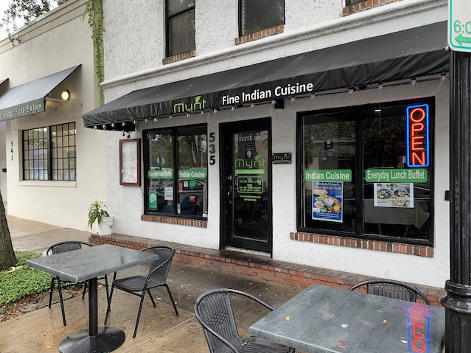


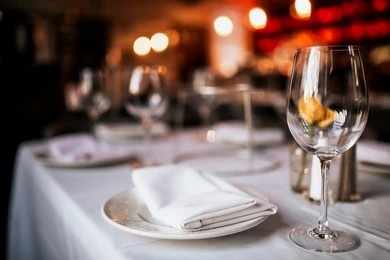

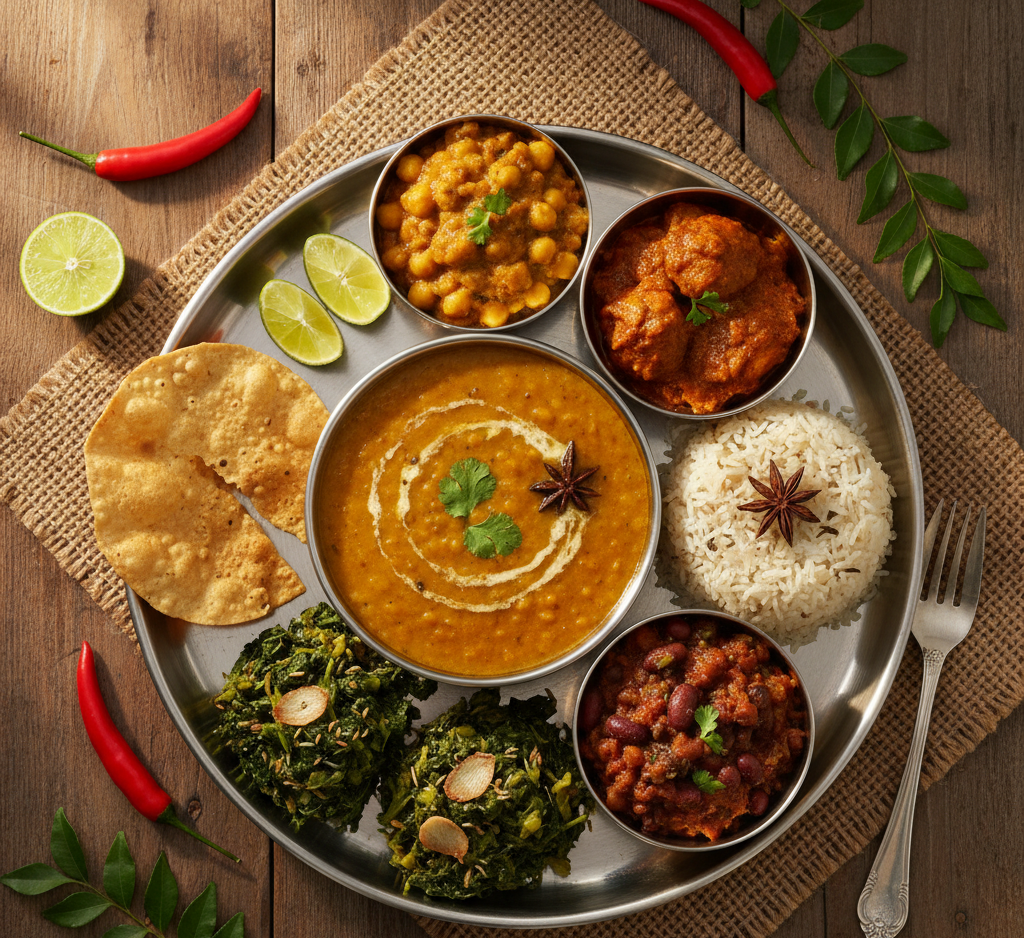
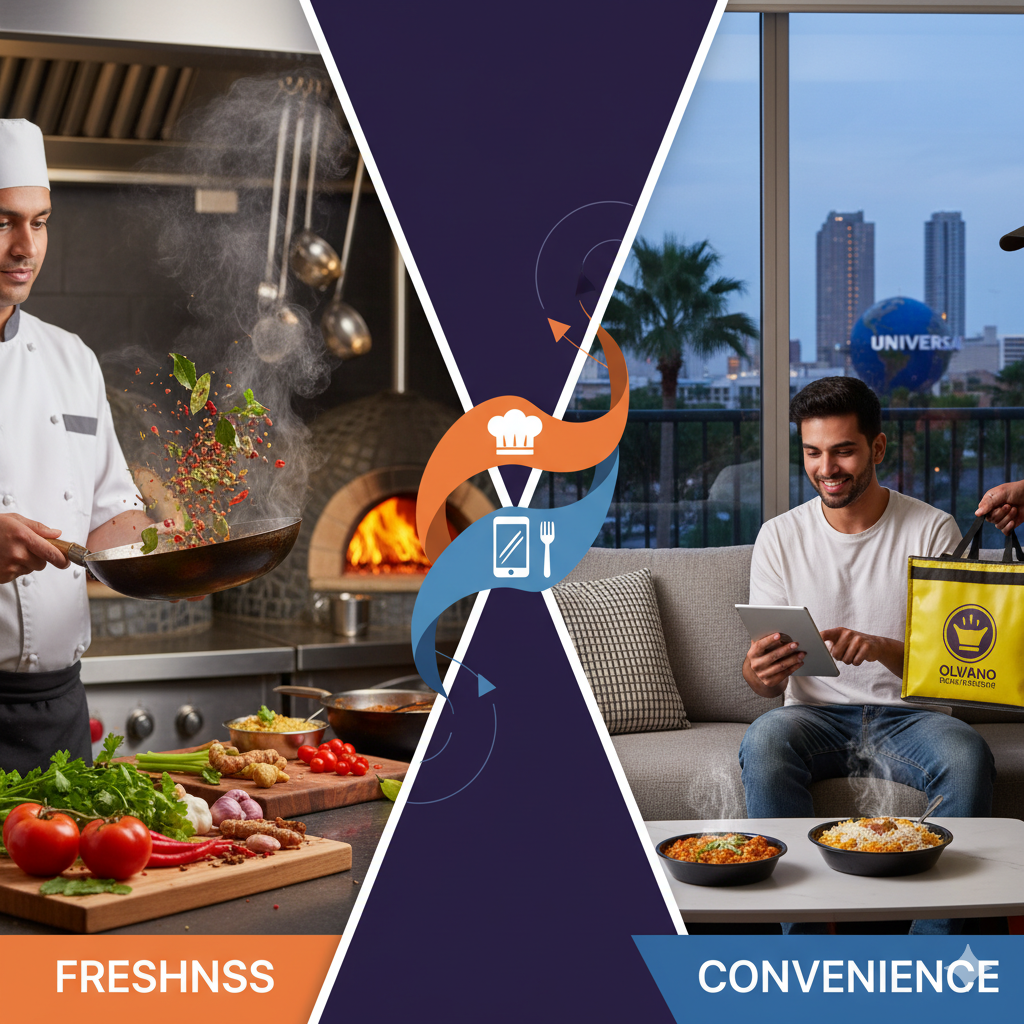
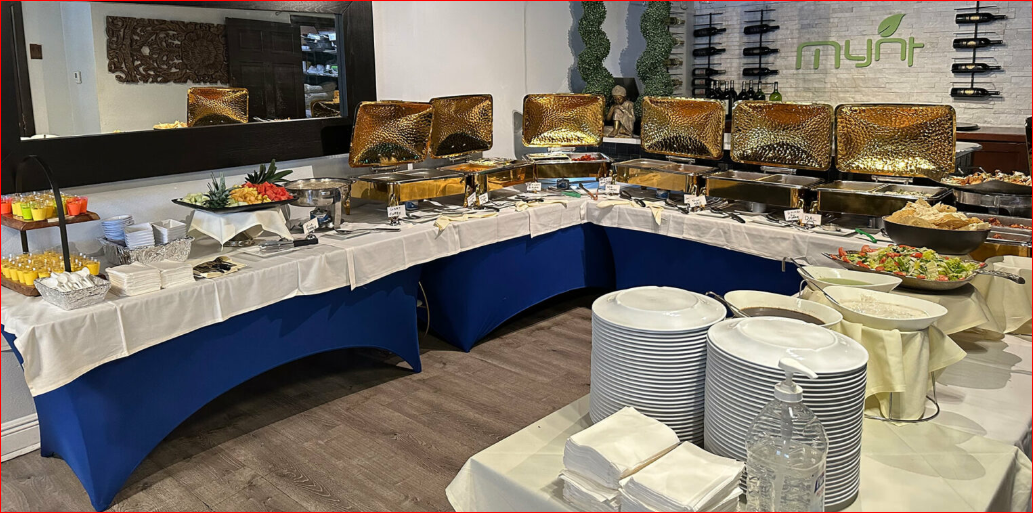
Write a comment ...